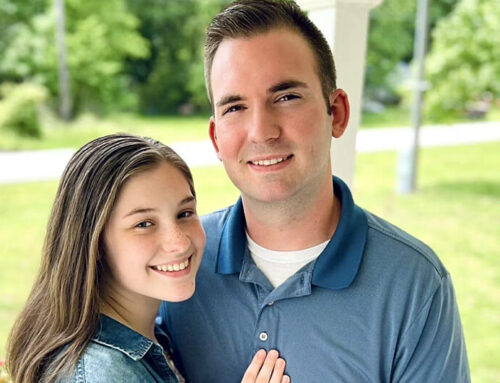Brooklyn Neustaeter, Avis Favaro
January 7, 2021
-CTV
A new study has found that Ontario saw nine times more emergency department visits per month for cannabis poisonings in young children after Canada legalized recreational cannabis.
The study, published Friday in JAMA Network Open, found that there were “more frequent and severe” emergency department (ED) visits in the province due to cannabis poisoning in children under the age of 10 following legalization, with the largest increase seen after commercial cannabis edibles hit the market.
While individual hospitals have reported on child cannabis poisonings before, researchers say this is the first study to look at the data for an entire region.
Researchers out of the Ottawa Hospital, the University of Ottawa, Bruyère Research Institute, the Canadian Centre on Substance Use and Addiction and The Hospital For Sick Children analyzed all ED visits in Ontario prior to legalization, after flower-based cannabis products and oils were legalized in October 2018, and after commercial edibles, such as gummies and chocolates, were legalized and became available for sale in January 2020.
Dr. Daniel Myran, a family and public health physician at the University of Ottawa, The Ottawa Hospital Research Institute and lead author of the study says the legalization of edibles “appears to be a key factor” in the increase in child poisonings.
“Canada’s approach to legalization was intended to prevent increases in child cannabis poisonings through policies limiting the strength of cannabis edibles, requiring child resistant packaging and education for parents and caregivers,” Myran said in a press release.
“Unfortunately, the rates we saw in our study suggest the approach has not met that goal.”
The study, funded by ICES and the Canadian Institutes of Health Research, lasted from January 2016 until March 2021. During this time, researchers found that there were 522 ED visits for cannabis poisoning in children under the age of 10 with the average age of those affected being three years and nine months old.
After flower-based cannabis products and oils were legalized in October 2018, the study reports an average of seven children visiting the ED for cannabis poisonings per month. After cannabis edibles became available for sale in January 2020 that average jumped to 20-23 kids per month.
While no deaths were reported, the study found that 171 (32.7 per cent) of ED visits required hospitalization and 19 visits (3.6 per cent) were admitted to the intensive care unit.
Once cannabis edibles became commercially available, researchers found that nearly 10 per cent of all ED visits for poisonings in children in Ontario were related to cannabis. They reported that more of these visits required hospitalization compared to the other two study periods (39 per cent vs. 25 per cent).
The study did not look at data from across Canada given that cannabis regulations are different in each province and territory, researchers said.
LINK BETWEEN PANDEMIC AND CANNABIS POISONINGS
Researchers noted that the legalization of cannabis in Canada overlapped with the COVID-19 pandemic, a time when other studies have shown that cannabis use among adults spiked.
While ED visits for paediatric poisonings of any kind decreased in Ontario during the pandemic, the study reports visits for cannabis poisonings in kids increased.
“As more places around the world consider legalizing recreational cannabis, we need to learn how to better protect children from cannabis poisoning,” Myran said in the release.
This starts with more education, Myran added. However, stricter rules around legalization may also be necessary.
“We may need to consider other measures to reduce cannabis edibles’ appeal to young children, such as much stricter limits on what edibles can look and taste like after they are removed from their packaging,” he said.
In an interview with CTV News, Myran said this study was conducted after multiple studies in the U.S. showed that there were increases in young children being admitted to emergency departments for cannabis poisonings in states that had legalized cannabis.
“So it was something that from the U.S. experience we were worried could occur in Canada and wanted to see what had happened,” Myran explained.
“What’s interesting about our study is that the scale of the problem is actually much higher [here] than in the U.S.,” he added.
Myran noted this may be because of differences in data and collection methods, but said it’s possible that this “problem is more serious and widespread than what’s been previously thought.”
Myran is concerned that the situation could even get worse as Canada’s legal cannabis industry continues to expand.
When kids ingest enough cannabis, Myran said they can stop breathing or go into a coma, which can be a life-threatening event if they do not receive prompt medical attention. In addition, he says the data on how cannabis affects children in the long-term is still unclear.
“These are serious medical emergency poisoning events, and whether they have long-term impacts or whether they’re an acute and emergency, we want to have as few or none of these as possible,” Myran said.
Health Canada advises Canadians to store all cannabis products safely, keeping them out of reach of kids to prevent accidental poisonings. Cannabis poisoning in babies, children and youth is considered a medical emergency, and parents are advised to call 911 if such an incident occurs.




